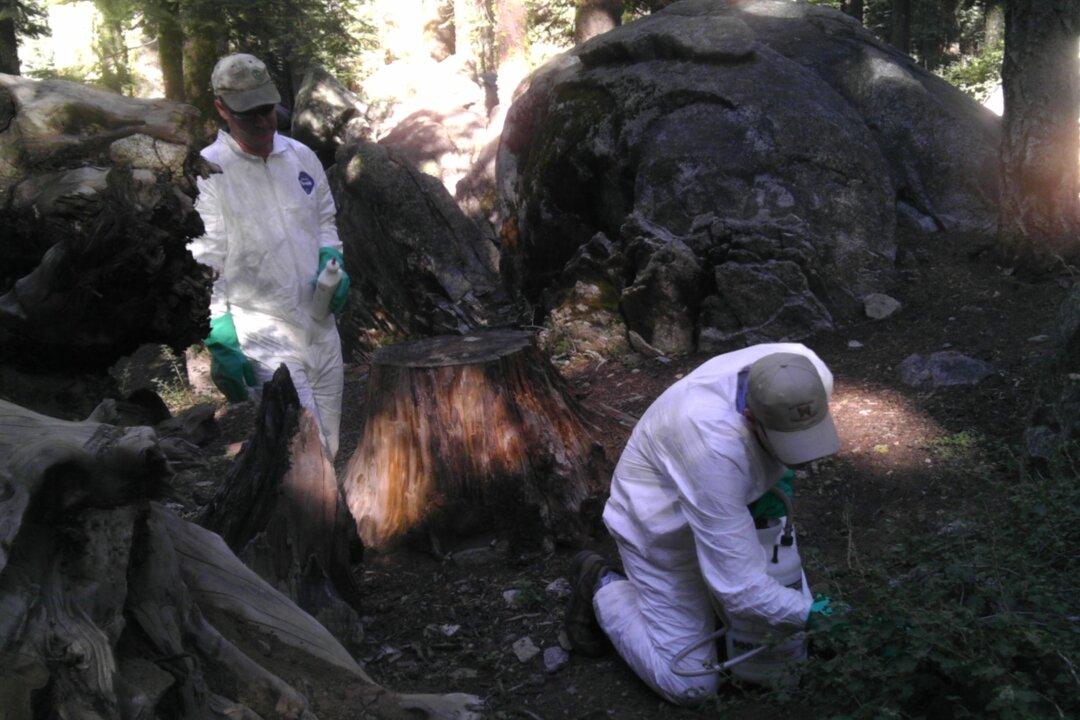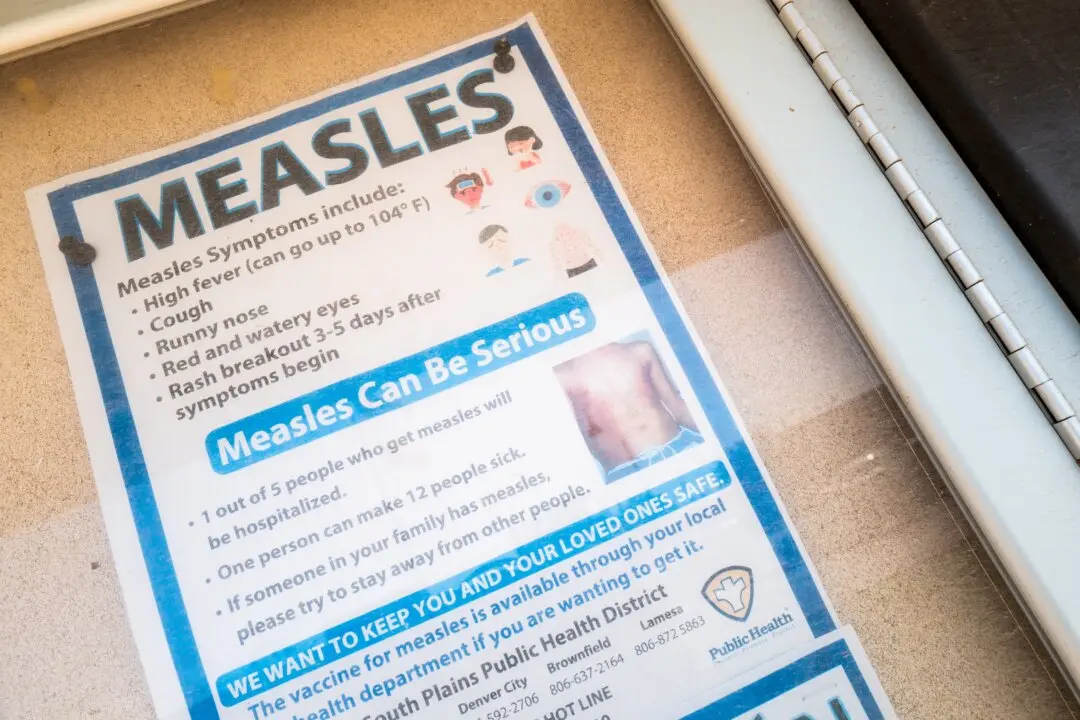A 10-year-old Colorado child’s death has been linked to plague, and subsequent testing detected the presence of plague in insects in six counties in the state, officials said.
The child died in LaPlata County “from causes associated with plague,” the Colorado Department of Public Health and Environment said in a recent statement.





